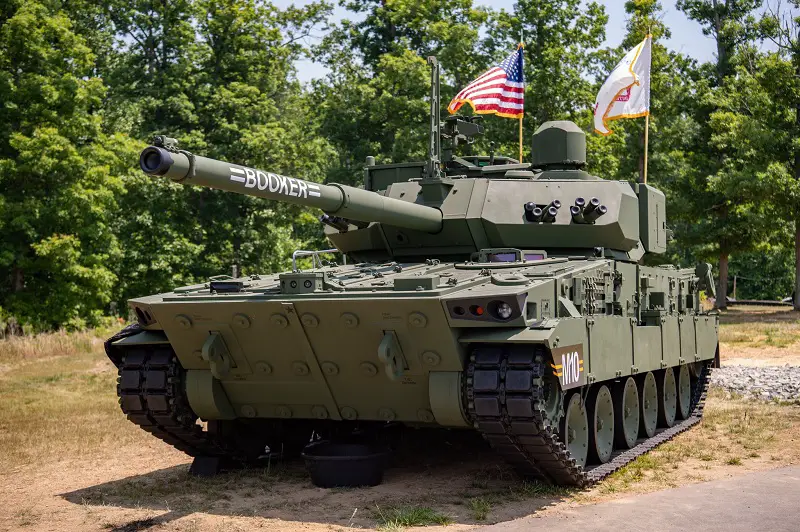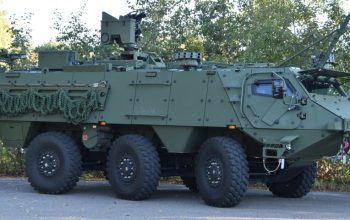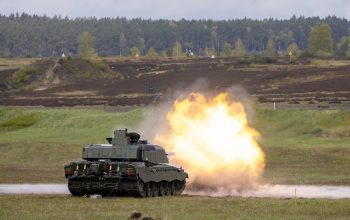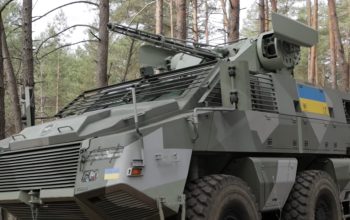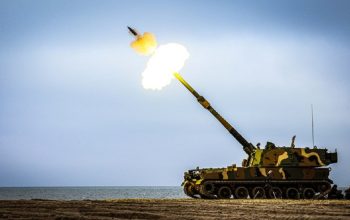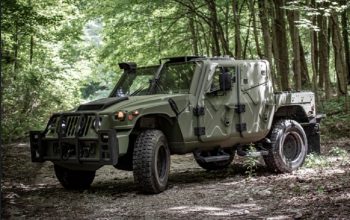The U.S. Department of Defence has finally officially revealed the name of the first light tank in almost 40 years. The presentation ceremony of the tank took place on June 9, 2023, the U.S. Army’s birthday. The fighting vehicle was named M10 Booker after two members of the U.S. Army. The name honors Staff Sgt. Stevon A. Booker, who received the Distinguished Service Cross posthumously for life-saving valor in the 2003 Iraq invasion, and Pvt. Robert D. Booker, who was posthumously awarded the Medal of Honor for heroic actions in Tunisia in 1943 that cost his life. The light tank-like assault weapon — that had been previously known as the Mobile Protected Firepower Ground (MPFV). The M10 Booker was the second combat vehicle after the Stryker to be named after two militaries at once.

The Mobile Protected Firepower (MPF) is a U.S. Army program to procure a combat vehicle that is capable of providing mobile protected direct offensive fire capability. This vehicle is considered a light tank by some sources, but not according to U.S. Army officals. A previous light tank development for the Army, the M8 Armored Gun System, was canceled in 1996. The U.S. Army downselected General Dynamics Land Systems’ (GDLS) Griffin II and BAE Systems’ M8 AGS to go forward with evaluation. Both companies delivered prototypes of their vehicles in 2020. The U.S. Army selected the GDLS model later that year. The M10 Booker is intended to fill the firepower gap between the M2 Bradley infantry fighting vehicle and the M1 Abrams main battle tank.

The initial contract is for 96 Low-Rate Initial Production (LRIP) MPF vehicles, with first delivery by the end of 2023. The U.S. Army’s Mobile Protected Firepower (MPF) acquisition objective is for 504 vehicles, with U.S. Army officials noting that this number could vary slightly. Each Infantry Brigade Combat Team (IBCT) will be allocated 14 Mobile Protected Firepowers. The M10 Booker will form a divisional level battalion, from which companies will the be detailed to the Infantry Brigade Combat Teams. The targeted fielding for the first unit equipped is FY2025. Under current the U.S. Army plans, four Mobile Protected Firepower battalions are to be fielded by 2030, with the bulk of the planned acquisition scheduled to be completed by 2035.
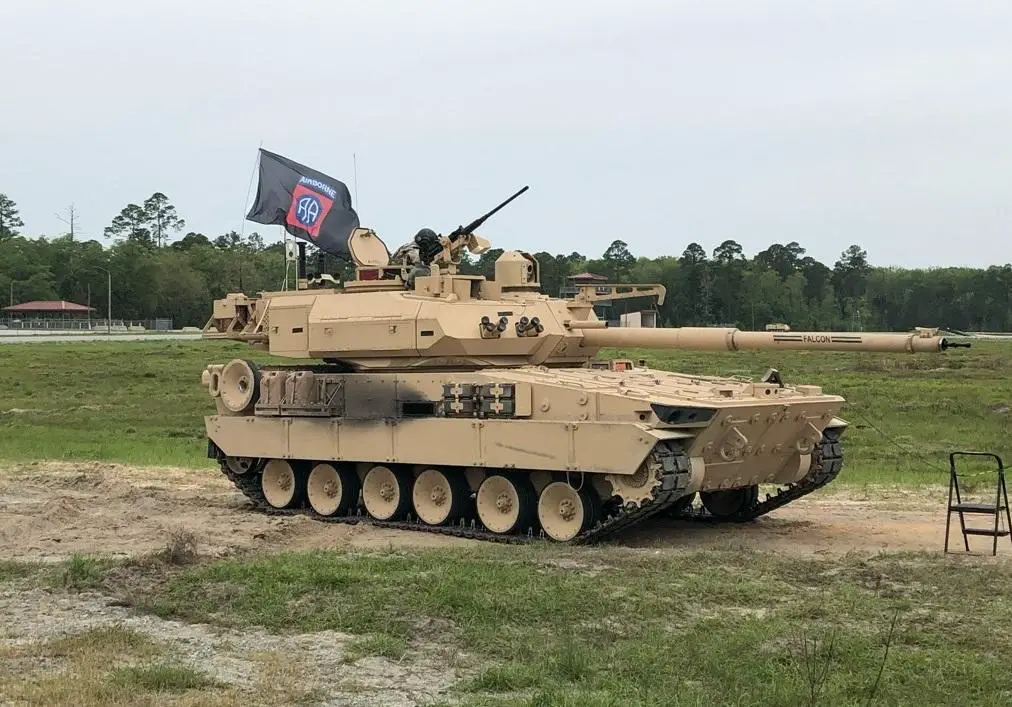
The M10 Booker is not the Next Generation Combat Vehicle (NGCV), which may eventually replace the Abrams tank and Bradley. The MPF would fill a capability gap left when the M551 Sheridan Armored Reconnaissance/Airborne Assault Vehicle was retired from regular service in 1996. The M10 Booker is equipped with a 105mm XM35 cannon and a coaxial machine gun. The hulls will be made in Michigan, the gun tubes at Watervliet Arsenal, New York, and vehicle assembly in Anniston Army Depot, Alabama. The M10 turrets will be manufactured at the Joint Systems Manufacturing Center in Lima, Ohio, where M1 Abrams tanks are made. The U.S. Army also wants to be able to carry at least two MPF vehicles aboard a C-17 Globemaster III for airlift.
